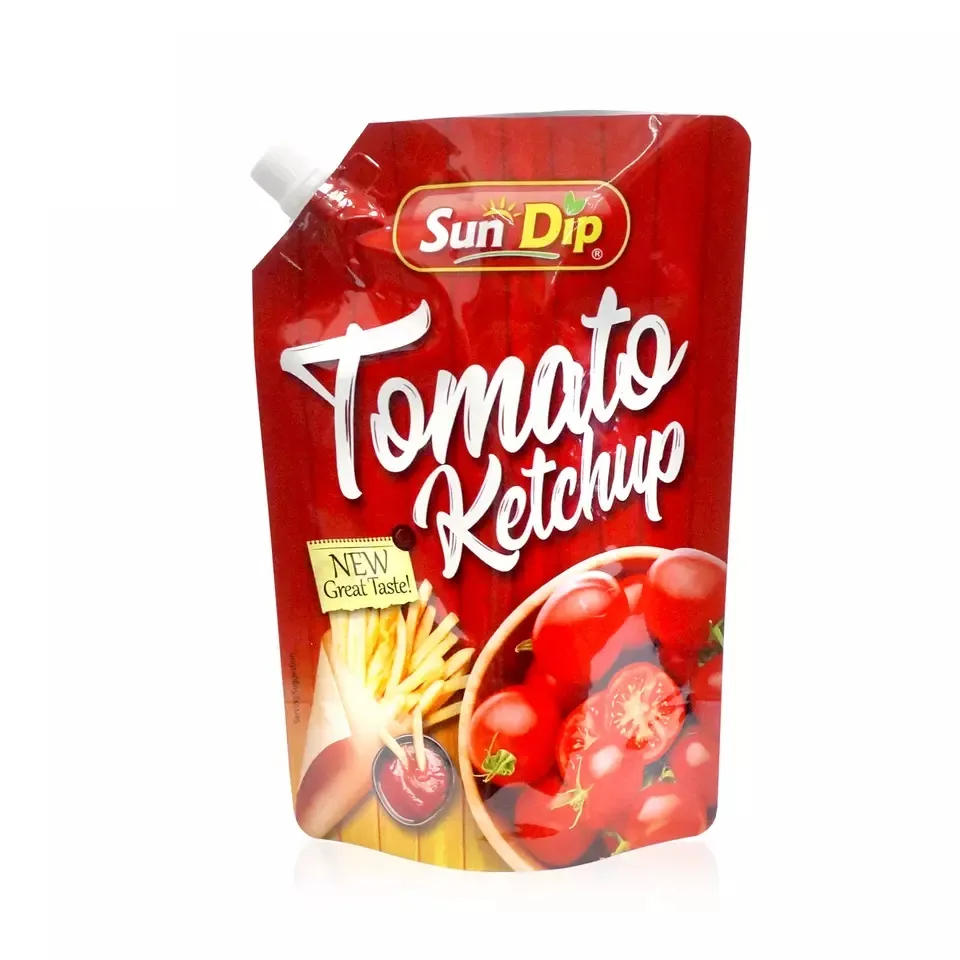- Afrikaans
- Albanian
- Amharic
- Arabic
- Armenian
- Azerbaijani
- Basque
- Belarusian
- Bengali
- Bosnian
- Bulgarian
- Catalan
- Cebuano
- chinese_simplified
- chinese_traditional
- Corsican
- Croatian
- Czech
- Danish
- Dutch
- English
- Esperanto
- Estonian
- Finnish
- French
- Frisian
- Galician
- Georgian
- German
- Greek
- Gujarati
- haitian_creole
- hausa
- hawaiian
- Hebrew
- Hindi
- Miao
- Hungarian
- Icelandic
- igbo
- Indonesian
- irish
- Italian
- Japanese
- Javanese
- Kannada
- kazakh
- Khmer
- Rwandese
- Korean
- Kurdish
- Kyrgyz
- Lao
- Latin
- Latvian
- Lithuanian
- Luxembourgish
- Macedonian
- Malgashi
- Malay
- Malayalam
- Maltese
- Maori
- Marathi
- Mongolian
- Myanmar
- Nepali
- Norwegian
- Norwegian
- Occitan
- Pashto
- Persian
- Polish
- Portuguese
- Punjabi
- Romanian
- Russian
- Samoan
- scottish-gaelic
- Serbian
- Sesotho
- Shona
- Sindhi
- Sinhala
- Slovak
- Slovenian
- Somali
- Spanish
- Sundanese
- Swahili
- Swedish
- Tagalog
- Tajik
- Tamil
- Tatar
- Telugu
- Thai
- Turkish
- Turkmen
- Ukrainian
- Urdu
- Uighur
- Uzbek
- Vietnamese
- Welsh
- Bantu
- Yiddish
- Yoruba
- Zulu
Sustainable Packaging Solutions for Eco-Friendly Products and Environmental Protection
Green Packaging Materials A Sustainable Future
In recent years, the conversation surrounding environmental sustainability has escalated, prompting businesses and consumers alike to reevaluate their choices. Green packaging materials have emerged as a vital component of this dialogue, offering solutions that mitigate environmental impact and promote a more sustainable future. This article will explore the significance of green packaging materials, their benefits, and the innovations that are shaping the industry.
The Importance of Green Packaging
Traditional packaging methods often rely on materials like plastic and Styrofoam, which are not biodegradable and contribute significantly to landfill waste. With plastic pollution becoming a global crisis, there is a pressing need for alternatives that minimize environmental damage. Green packaging materials, which include biodegradable, compostable, and recyclable options, provide an answer to this challenge. The adoption of these materials can significantly reduce the ecological footprint of products while encouraging sustainable consumer behavior.
Types of Green Packaging Materials
Green packaging encompasses a wide range of materials, each with its unique benefits
. Here are some of the most prevalent types1. Biodegradable Materials These materials break down into natural elements when exposed to the environment. Common examples include packaging made from plant-based substances, such as cornstarch or sugarcane. These materials can decompose within months, leaving no toxic residue.
2. Compostable Materials Similar to biodegradable materials, compostable ones are designed to break down under commercial composting conditions. They return nutrients to the soil, making them an excellent choice for food packaging.
3. Recyclable Materials Products made from paper, cardboard, glass, and certain plastics can be recycled and reprocessed, reducing the need for virgin materials. The recycling process conserves energy, decreases greenhouse gas emissions, and lessens the strain on natural resources.
4. Mushroom Packaging Using mycelium, the root structure of mushrooms, this innovative packaging option is both biodegradable and sustainable. It grows rapidly and can be formed into various shapes, providing a protective casing for products without harmful environmental effects.
green packaging materials

5. Plant-based Plastics Some companies have begun creating plastics derived from renewable resources like corn or sugarcane. Though they still require specific recycling processes, plant-based plastics offer a more sustainable alternative to traditional petroleum-based plastics.
Benefits of Green Packaging
The benefits of adopting green packaging materials are multifaceted. Firstly, they contribute to reducing waste and pollution, which benefits the environment and public health. Secondly, businesses that utilize sustainable packaging often appeal to environmentally conscious consumers, enhancing their brand reputation and potentially increasing market share. In a world where consumers are increasingly prioritizing sustainability, companies that adopt green practices can differentiate themselves from their competitors.
Additionally, green packaging solutions can lead to cost savings in the long run. While the initial investment in sustainable packaging materials may be higher, businesses can realize savings through reduced waste disposal costs and by optimizing their operations around efficient packaging techniques.
Innovations and Challenges
The green packaging sector is evolving rapidly, with continuous innovations aimed at improving material performance and sustainability. However, challenges remain. The need for widespread infrastructure for recycling and composting is critical to the success of recyclable and compostable materials. Additionally, the costs and scalability of sustainable materials can pose barriers to small and medium-sized enterprises.
To address these challenges, collaboration between governments, businesses, and consumers is essential. Incentives for companies to switch to green alternatives, education on recycling practices, and investments in sustainable materials research can pave the way for a greener future.
Conclusion
Green packaging materials represent a pivotal shift towards sustainability in the modern economy. As awareness of environmental issues grows, the demand for innovative packaging solutions will likely increase. Emphasizing the importance of sustainability not only addresses the current environmental crises but also lays the groundwork for future generations. By embracing green packaging, we can contribute to a healthier planet and a more sustainable future, proving that responsible choices are not just beneficial for business but essential for our world.













